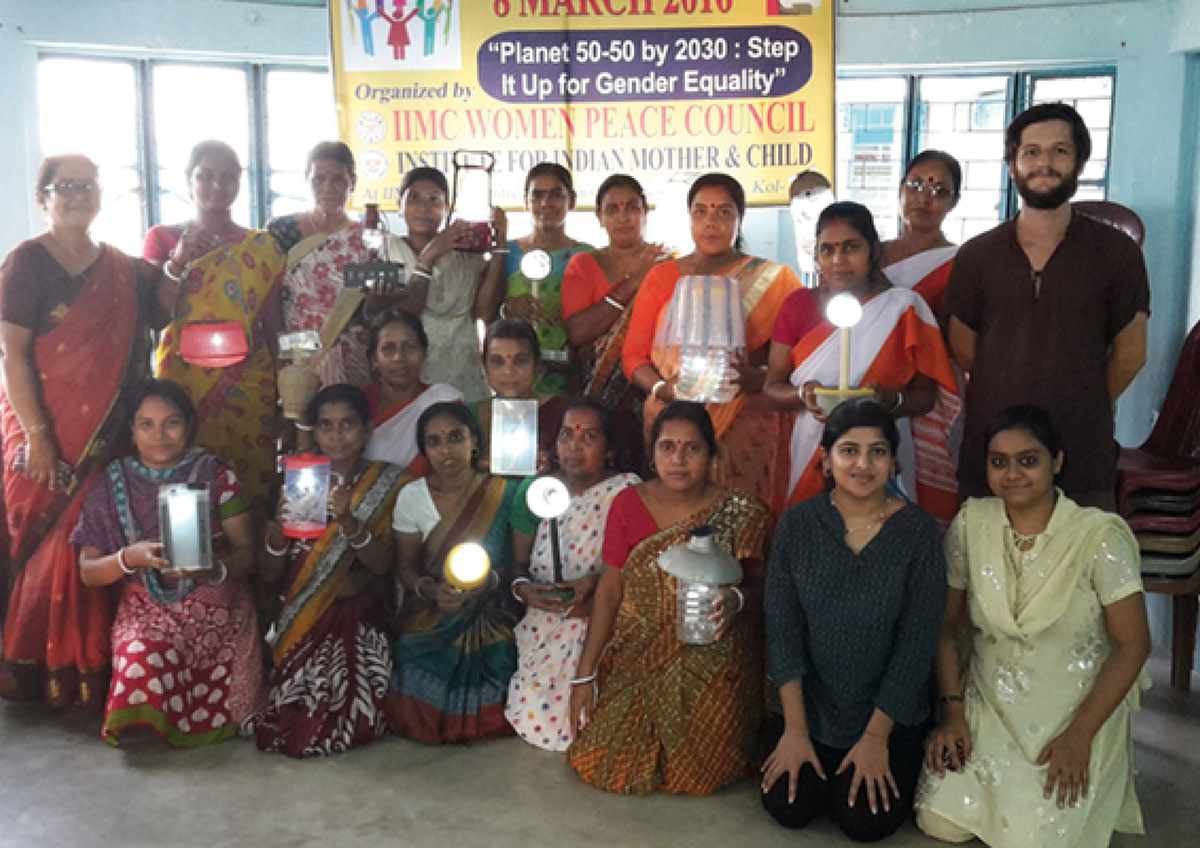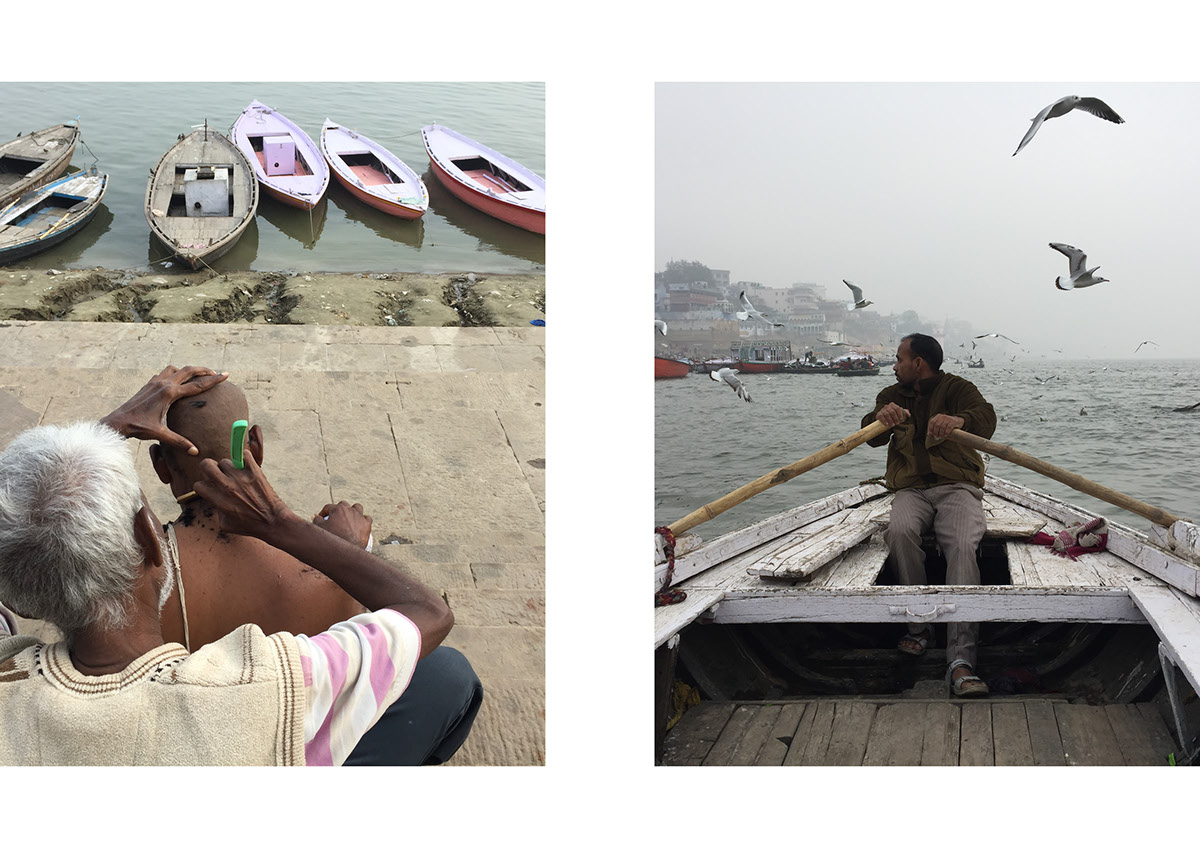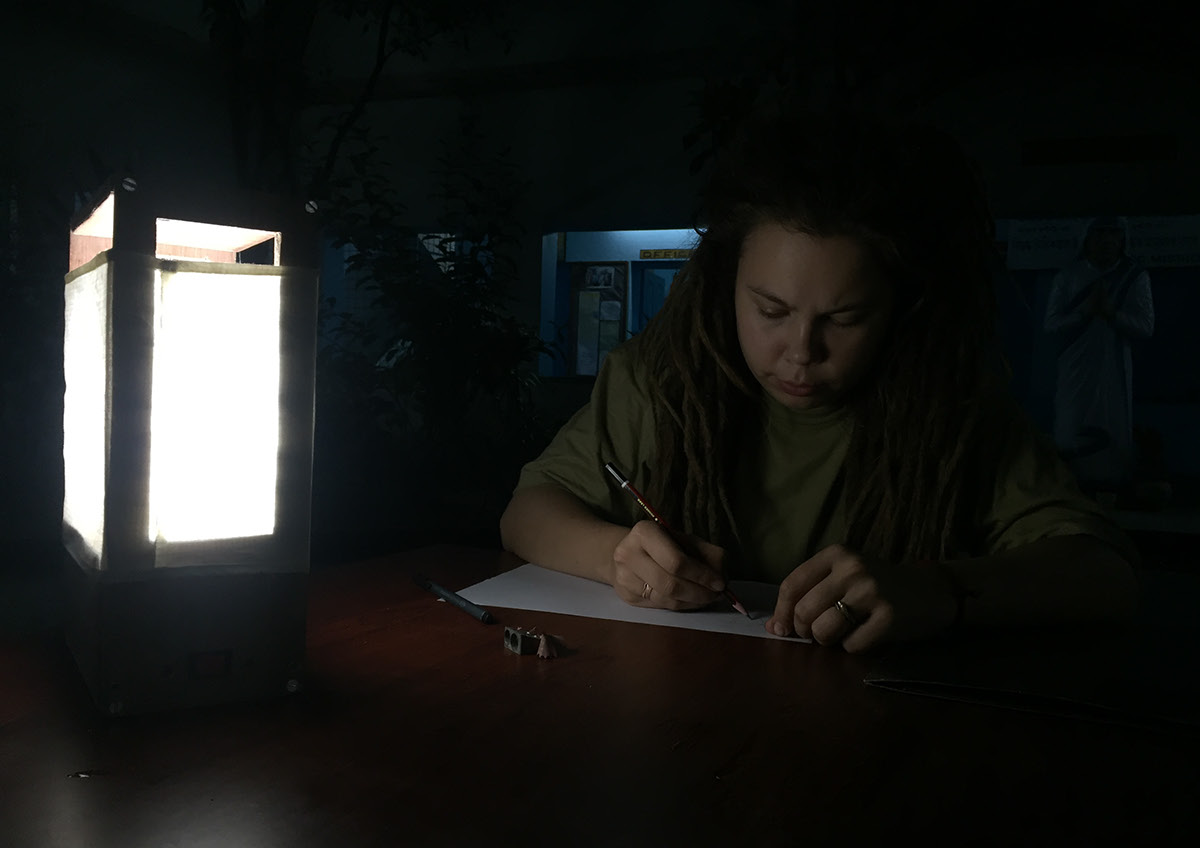Design travel diary
Kolkata, India

February 2016
Project for People, an international volunteer organization based in Italy, had selected a group of four newly graduated engineers to support the Indian NGO Institute of Indian Mother and Child in Kolkata who work in the villages promoting education and women’s empowerment.
The villages are not served by a very stable power grid, so when the families return to their homes in the evening and turn on the light and the fan, the network can not always satisfy the demand and so these villages are in the dark.
Keeping in mind all of these aspects, the engineers decided to start the project on solar lamps that will be built by Indian women to create a business for the lamps by building and selling them at the market. This project will give the women of Kolkata the opportunity to empower themselves and be economically independent from the men in society - something that is still not very common in India.
The volunteers made contact with Led Safari, a Swiss start-up that provides the electrical kit for the construction of the lamp, while the structure will be assembled using the recycled materials of the villages.

March 2016
The lamps produced by women are not “marketable” because the structure made is not solid enough, the light provided by LED Safari is not bright enough, the solar panel is not removable and thus makes the lamp easy prey for thieves.
In the market there are other lamps that are not affected by the previous defects, such as those provided by Silver Sun, solar manufacturing company in India.
So Sujit Kumar Brahmochary, director of IIMC and current Indian partner of Project for People, made the decision to buy all the components of the lamp from Silver Sun, even if they are of poor quality.
By making the women build lamps with prefabricated structures it means giving up on the creative and sustainable aspect of the project, aimed not only at creating a business for women, but also educating the local community on the importance of clean energy and the re-use of materials. In particular, these last two issues are very important for the development of this country. The waste collection system is inefficient and is active only in urban areas. In rural areas, there is a collection system, however the only method used for waste disposal through using a furnace.
October 2016
Getting inspirations from the colours of Darjeeling.
The varied culture of the town reflects its diverse demographic milieu comprising indigenous Bengali, Nepali, Lepcha, Bhutia, Tibetan.
It is noted for its tea industry, its views of the Kangchenjunga, the world's third-highest mountain, and the Darjeeling Himalayan Railway, a UNESCO World Heritage Site.

November 2016
My idea is to return to the original idea - to build a handmade structure that is easy to make for women, sustainable for the environment, uses poor and recycled materials, and is an aesthetically attractive and marketable product.
The project begins with the search for recycled materials that can be easily found by IIMC or by the women themselves.
The chosen materials are recycled wood from old boxes, plastic bags and fabrics obtained by clothes or curtains no longer used.
The wooden parts of the structure are made by a carpenter.
Women will have to assemble the structure and the electrical circuit whilst also making the cover to protect both the led from damage and the user’s eyes from the light.
There are two types of cover: one made knitted using a yarn made from recycled plastic bags, and the other one in fabric with the possibility to be painted or embroidered, to allow women to express their creativity.


December 2016
Having a break from Kolkata's lifestyle - fast and crazy.
Varanasi is a city on the banks of the Ganges in the Uttar Pradesh state of North India and it is the major religious hub in India, it is the holiest of the seven sacred cities.

January 2017
The second part of the project is to set up a workshop to teach women how to build the lamp.
Before proceeding, I decided to do a survey to see if Indian people prefer the new handmade lamp or the industrial one by Silver Sun.
If people answered that they prefer the industrial lamp, it will be explained to them that the handmade lamp is sustainable for the environment because of the materials used to make it. Once this is explained, we would ask again who would buy the new lamp or not. This is to see if the sustainable aspect of the project plays in favour or not.

I’ve got positive results from the survey, in fact, the majority prefer the handmade lamp instead of the industrial one, this is also because the handcraft is really appreciated in India.
For this reason I’ve decided to organise one day workshop for 5 Indian mothers that have been selected by Indian Institute for Indian Mother and Child on the basis of knowledge, interest in the project and distance between their home and where they would work.





